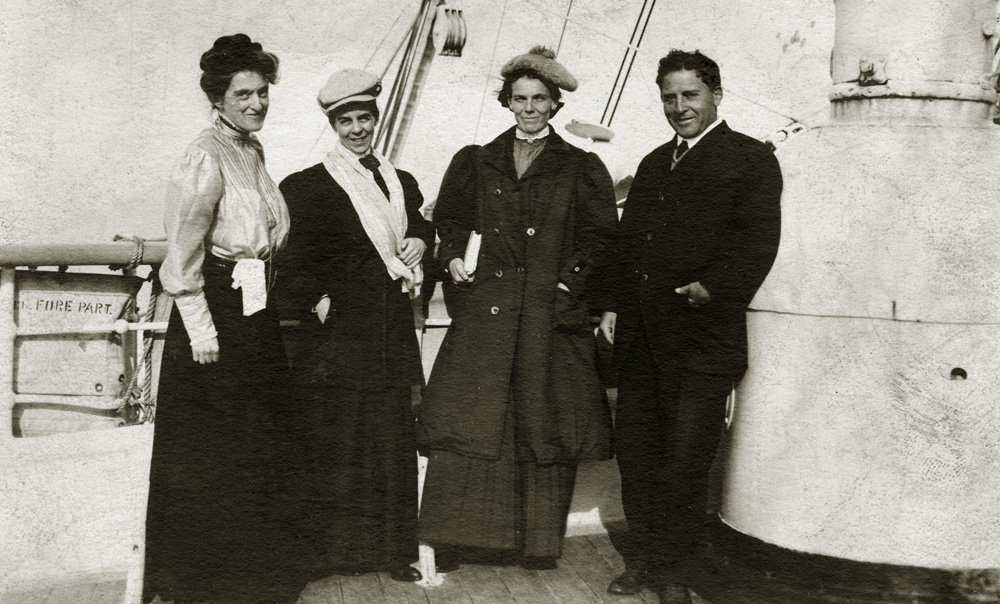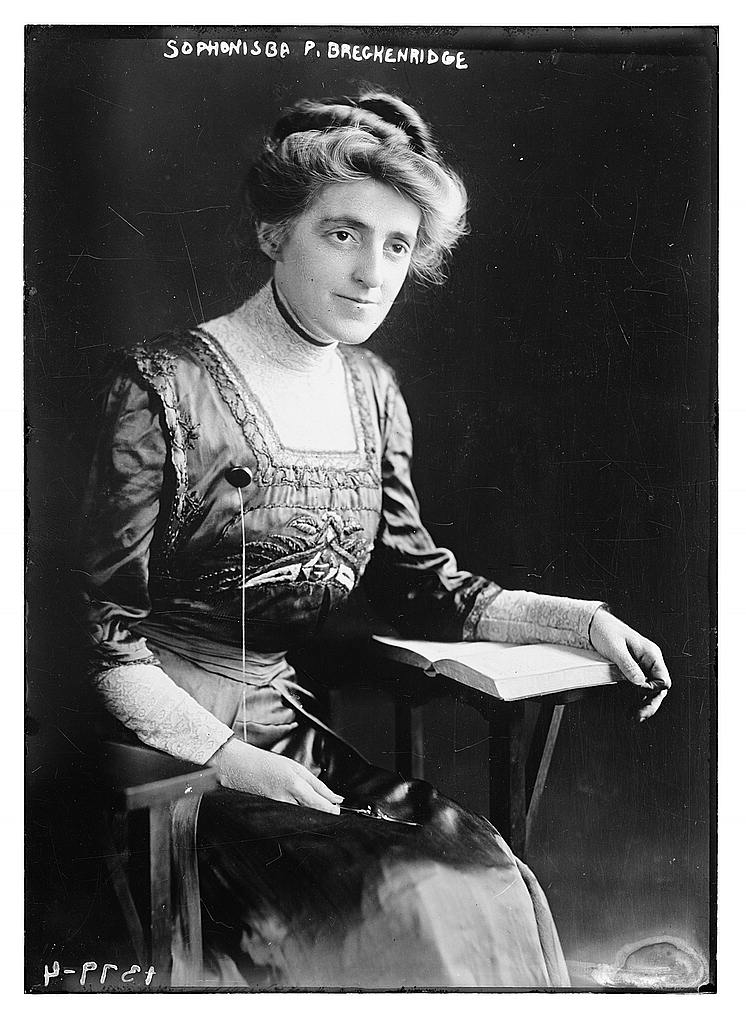
Or why naming things is important. I decided early on to create a tour for myself of the Midway. I was going to find out the history of the buildings and their names and find out what had been where during the Columbian Exposition. I looked up Sophonisba Breckinridge way back when because her name was on a dorm—and it was in researching her that I found out about the Eleanor Clubs.
This building, now empty and neglected and I assume threatened, was built as Eleanor Club One. It’s mistakenly identified in some places as the first. Rather it was the flagship club because it was custom built after much experimentation with existing buildings.
The Eleanor Clubs were the brainstorm of Ina Law Robertson, who arrived at the University of Chicago Divinity School from Oregon in 1895. She quickly realized the problem of being alone in a big chaotic city and finding housing that was both safe and pleasant. Young women alone in the city were also seen as a social problem—think Sister Carrie by Dreiser. When she inherited some money with the stipulation that she do good with it, she set about creating the kind of housing she wished she’d had.
She saw the Eleanor Clubs as transitional housing for single women arriving in the big city, especially from rural towns. Unlike organizations like the YWCA, the clubs were self-organized. Rules were created by the residents themselves. No religious services were required. Room and board were set at the lowest level to keep the clubs self-sustaining. They provided private single rooms and large pleasant public areas, with two hot cooked meals a day and a cleaning service. It meant that women could launch whatever plans they had—professional, educational, artistic—and not worry about their safety, their rent, or time-consuming household chores. And on top of that, women newly arrived could encounter kindred spirits to start up a social network as they got their bearings in the big city. After two years, they were expected to move out to their own accommodations.
This building, Eleanor Club One, was put on the Midway, next to the Del Prado Hotel, because it gave women access to the University, the parks, and the lake—with easy train access to downtown. It originally had a roof garden to catch the cooling lake breezes.The entrance is set back to indicate that it was private (not a hotel). Everyone had to pass a reception desk. Men were not allowed past the public areas on the ground floor. There was a choral room for classes and dances.
The Eleanor project expanded for a while into many projects but gradually contracted until it closed down in 2002. Even in the 1970s, women valued the clubs as places where they met women with all kinds of interests from all over the world.
This building was sold to the university in 1968, which used it as a dorm. It’s part of the planned development, which means the university can do whatever it wants without public feedback, so I’m assuming, given the neglect, that its days are numbered.
https://news.wttw.com/2016/12/09/room-grow-chicago-s-eleanor-clubs
Lawrence, Jeanne Catherine. "Chicago's Eleanor Clubs: Housing Working Women in the Early Twentieth Century." Perspectives in Vernacular Architecture 8 (2000): 219-47. Accessed March 4, 2021. doi:10.2307/3514415.





